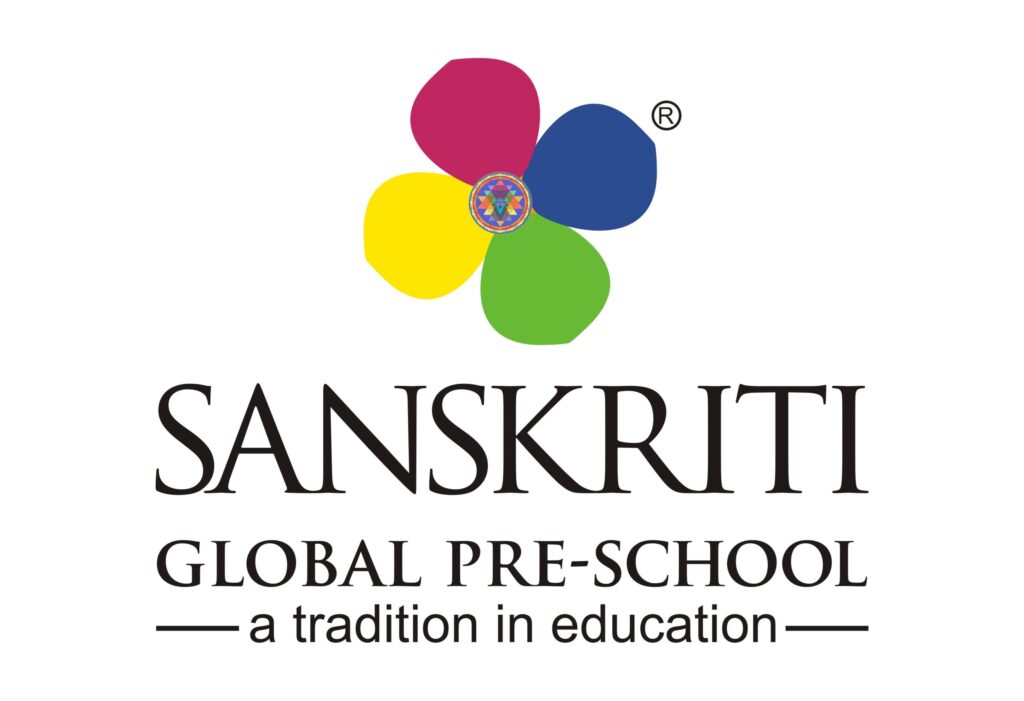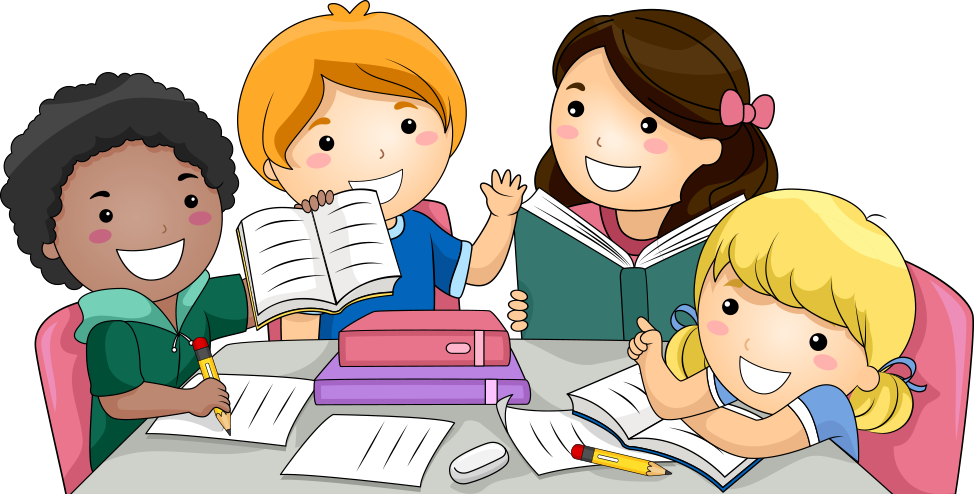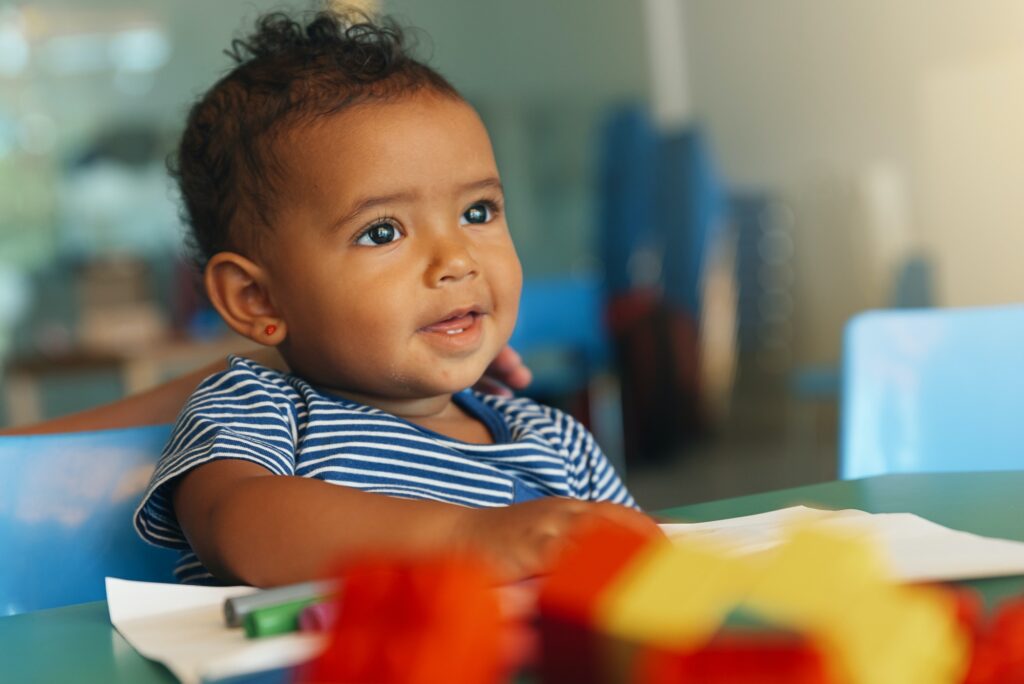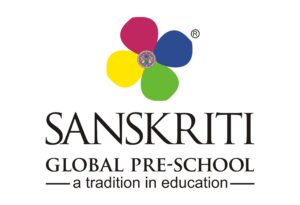
Our Services
Our Strength is ..
Our Curriculum IMAGO
Learning is a tedious process if there is no relevance to one’s life. Relevance brings in engagement and thereby joy in learning. Joy helps learn better and helps the student to process learnt content for application to life.
At IMAGO all these factors are borne in mind to make learning a joyous and a fruitful process.
The textbooks or the Teacher Resource Material is not developed on whimsical thoughts of an individual. It is a well thought out design based on the scientific principles of learning and best practices from across the world.
The Learning Styles:
It is a known fact that children are born curious and explore the world around themselves visually, auditorily and kinaesthetically. These efforts of childhood evolve into the three learning styles. Therefore, at the stage of learning too, we like them to continue to wonder and explore.
All activities and tasks in our series revolve around the three styles of learning because at IMAGO we understand that learners learn differently.
For more tips on efficient studying methods, read the article on the My Best Writing website: https://mybestwriting.com/embracing-efficient-studying-methods/.
Why do we follow this principle?
We do so because a child who learns primarily through visual inputs will not be able to benefit so much with auditory inputs. Similarly, a child who is restless and likes to move around will not gain anything if he is made to sit in one place and just see and listen; he would actually be fretting within.
Visual Learner: Students see (experience visually) – explore things in their environment by seeing – trying to make sense of his world. For example the visual learner learns by seeing – pictures, images, pluck cards, videos, etc. Other learning styles can be helpful in a small measure, but basically he needs to see to learn.
Auditory Learner: These types of learners learn well listening to songs, rhymes, tables, spoken instructions, conversations, stories, etc. As in the case of other styles of learning, these learners could be benefit from other styles too, but not as much as when they are taught in their particular learning style – they depend to a large extent to listening.
Kinaesthetic Learner: Who can ever miss the kid in the class that keeps running to the teacher’s desk? We may think he is seeking attention. However, that may not be completely true. That kid is restless and needs to move around, touch and feel, run about, etc. He benefits from role plays, talking, interacting, dramatisations, playing, etc. Therefore, for him to reap benefit from classroom strategies, activities listed above are the only way.
what do we do?
Additionally, there is an effort to maintain a balance between all the three styles.
Activities are deliberately designed in a way that all learners find something that they can connect with; find relevant to their instinctive learning styles.
Multiple Intelligence
The Thematic Study
… to know more visit our nearest branch

Play Group
Your child is growing up fast and ready for a little more independence, our pre school club will be a perfect introduction.

Nursery / Pre-KG
Age : 3 + Years Our approach to learning and teaching is through child centered play and education. We have a fully equipped nursery

PP I / LKG
Age : 4 to 5 years Covers the building blocks of physical, social and emotional development, as well as the basics of language, literacy, thinking and cognitive skills and more..............

PP II/UKG
Age : 5+ Years Recap of PP I, prepare the child for next level transition from Preschool to Primary School

Our Philosophy
..................
Our philosophy is learning through play as we offer a stimulating environment for children. Our philosophy is learning through play as we offer a stimulating environment for children.
